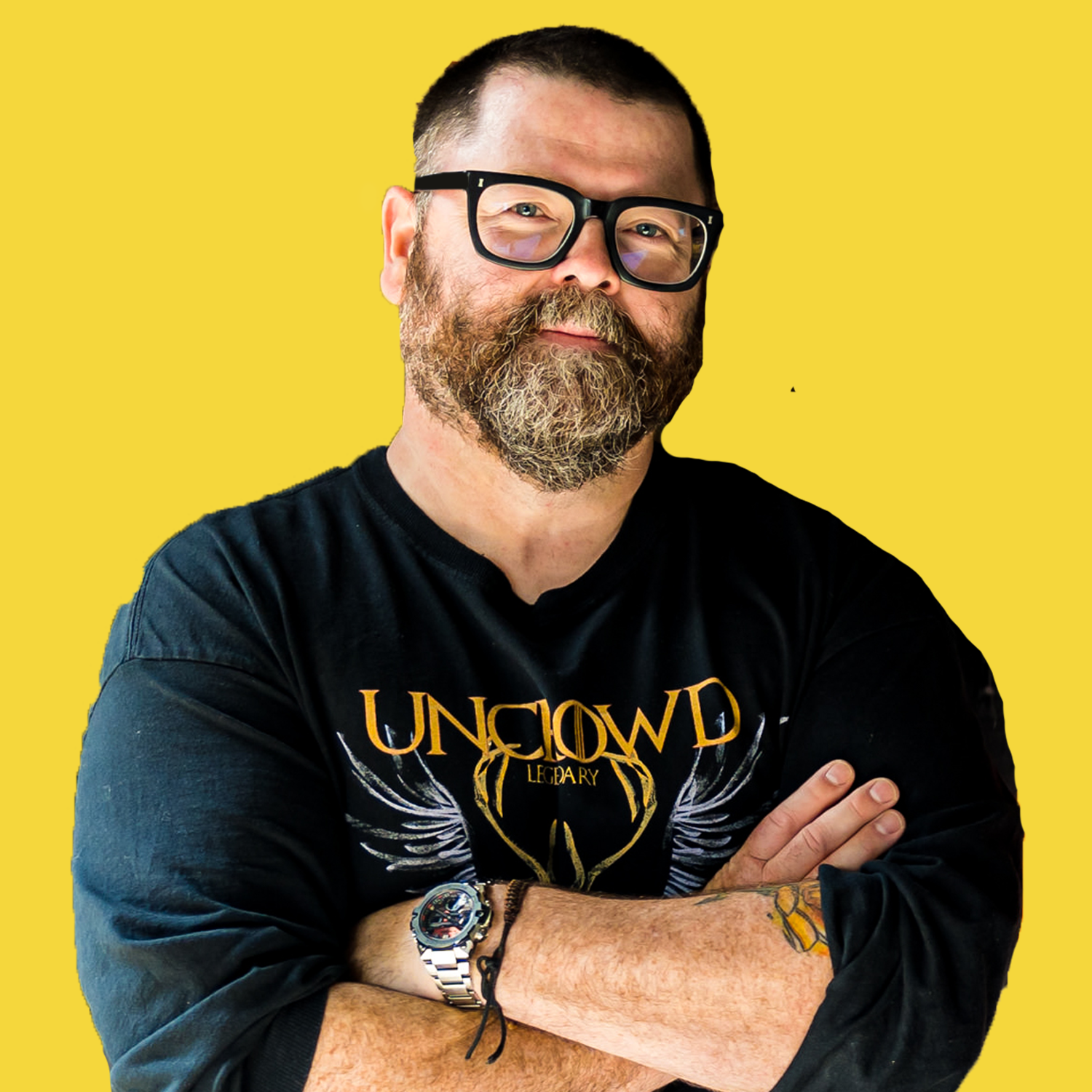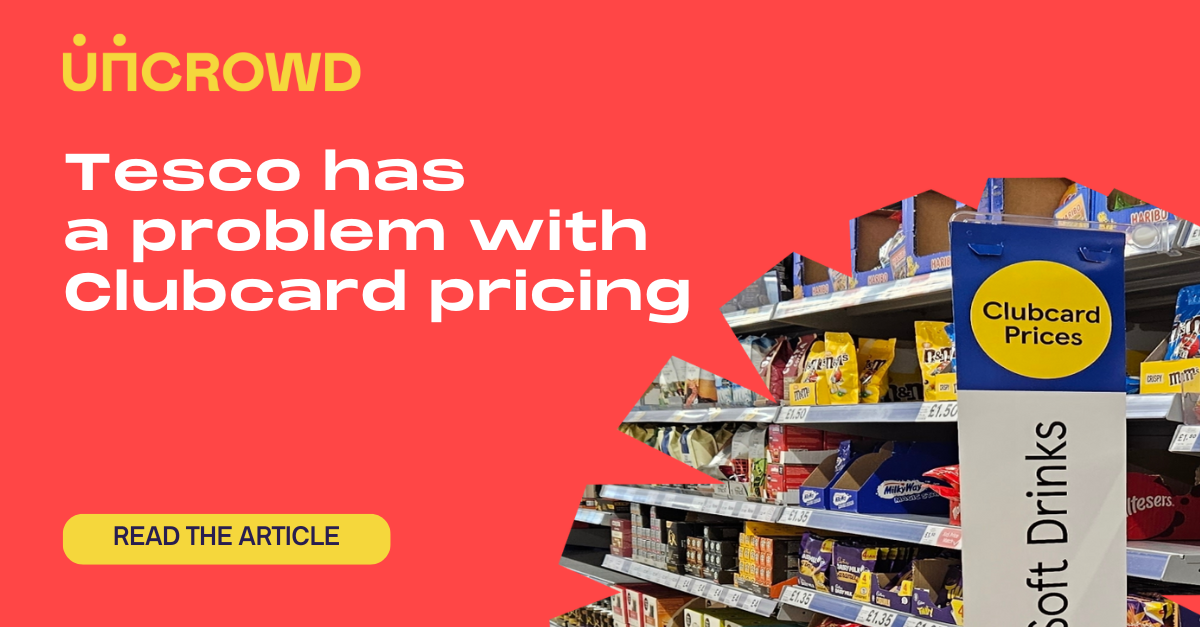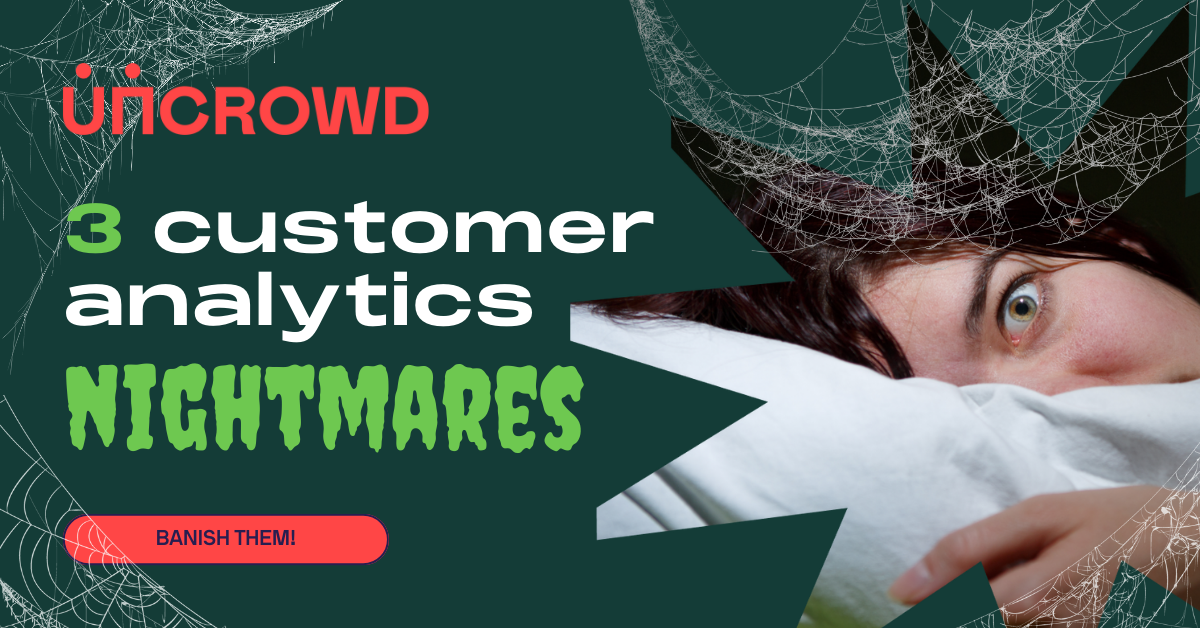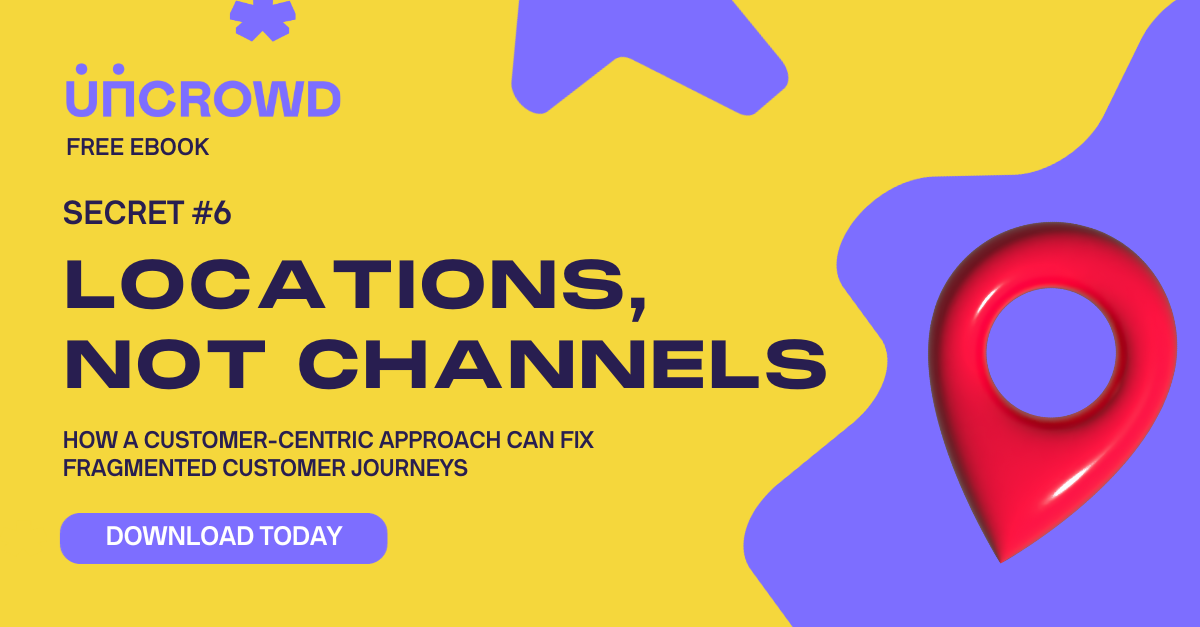Be excellent, or die: how customer analytics can save luxury brands

The luxury goods market is showing signs of slowing. Falling revenues for Gucci owner the Kering Group, the implosion of FarFetch, Burberry’s November profit warning, European luxury stocks losing value.
Companies are suffering from changes in the shopping habits of aspirational shoppers, often those younger and vulnerable to economic pressures. Right now, the Russian and Chinese markets can’tprovide a sticking plaster over this weakness either. As cost-of-living rises, putting pressure on discretionary spend, shoppers are choosing cheaper alternatives or not splashing out at all.
The result; fiercer competition as more companies squabble over a shrinking customer base.
To survive in this climate, luxury brands must create dazzling customer experiences to capture the spend that still exists.
How can analytics help luxury brands do that?
“2024 will redefine the meaning of luxury. The winners will be those who inspire and create cultural relevance, in addition to delivering on craftsmanship and brand experiences that are both relevant and distinctive.”Daniel Langer, CEO of Équité
Lux CX
The luxury sector relies on customer experience perhaps more than any other.
With no ‘need’ driving customers to buy, product quality and experience are everything. Failing to deliver excellence in the customer experience risks losing customers not only to rivals, but out of the sector altogether.
In a shrinking market, the only way for luxury brands to maintain revenue or increase market shareis to take spend from other players, because there is no new money entering the market.
And winning that spend requires phenomenal CX.
When brands get this right, they create richer experiences that draw customers in - the Prada Caffè at Harrods and the Joke Shop at Selfridges are two recent examples.
Luxury brands must constantly strive for creativity and innovation in the customer experience, from personalisation and immersive experiences to influencer partnerships and marketing experiences.
These innovations must resonate with the evolving beliefs and values of customers in a changing economic and social landscape.

How can customer analytics help luxury brands?
Traditional metrics like NPS and CSAT are not much help here. In a shrinking market, your NPS can easily stay the same while your revenue drops. Customers can be just as satisfied, but still choose to shop elsewhere or not at all.
Those mid-tier luxury buyers whose spend is disappearing are not dissatisfied, but simply spending less.
To win the spend that still exists in the market, you need your customer analyticsto tellyou where the remaining spend is going.
Who are the winners? What are they doing better than you? What can you improve to bring that spend to you?
Relative Attractiveness
Customer experience is always relative. How well you present your solutions to customers is always relative to how well your rivals are doing the same thing.
Relative Attractiveness is a customer analytics metric that measures your CX against competing propositions in detail.
With Relative Attractiveness, you can look at your whole end-to-end customer journey and see the places where rivals are doing better than you. You might find areas to concentrate innovation, such as:
- Retail theatre (live activity in store, movement, drama, creative display, use of all senses)
- Destination store (events, hangout spaces, extra services)
- Guided experience (path-finding, personalisation, inspiration)
Relative attractiveness as a metric to measure such things then is powerful, but it is also the core psychology of luxury – that the process of buying and owning luxury goods should in itself always be relatively more attractive than non-luxury alternatives.
Perhaps that is axiomatic but then laying out such truths is the path to measuring and then maximising performance in those things.
Uncrowd’s solution in the luxury sector
Uncrowd created the Relative Attractiveness metric (RA) and measures Relative Attractiveness by collecting thousands of observations of your customer experience and competing customer experiences.
This process can be carried out across monobrand stores and concessions, and online.
The platform then compares experiences and surfaces specific recommended areas of action.
Uncrowd is on a mission to improve every customer experience on the planet through a unique combination of CX observation, quantitative measurement and comparative results. Our data collections are objective and empirical, and our analysis always shows your next best action.
(The title of this article is taken from Challenging times ahead for luxury brands in 2024.)


